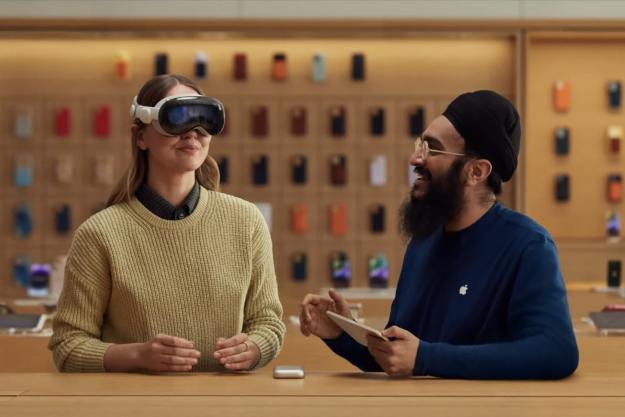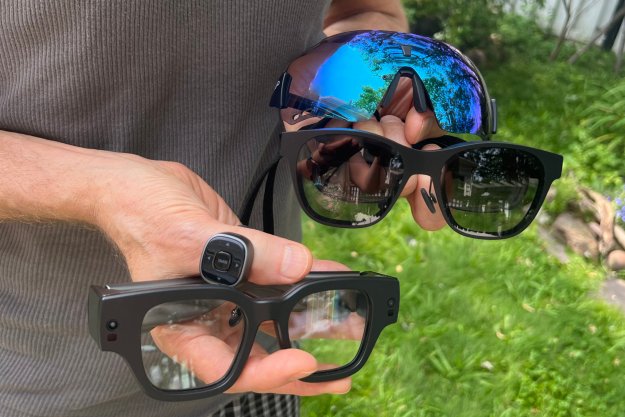Think of it as the anti-Warby Parker. Instead of peddling fast fashion that doesn’t offer much by way of personalization, Topology wants to do away with mass manufacturing, and provide glasses that will fit you specifically. After all, not all heads were created the same, so not all glasses will fit the same. To address that, Topology makes use of face-scanning technology to determine how far back your ears are, how symmetrical your face is, how wide your nose may be, and a host of other factor that affect glasses fit.
Topology says that the whole process is quite seamless and totally painless. Just take a video selfie with your iPhone, and make sure that the footage includes you looking to the front, then left and right. That selfie will be used to “ensure any frame you choose will automatically fit perfectly,” according to the Topology website. Then, you’ll be able to select your frames — they’ll either be in Italian acetate or stainless steel, and will come in a range of different colors. Because your frames are built on a 3D version of your head, you can rest assured that they’ll conform quite nicely, without the need for excessive adjustments.
Finally, you’ll be able to make your own style adjustments. So if you prefer that your glasses sit a little higher or that your frames are a little wider, you can change all that in the app.
We should point out that this level of customization comes at a cost. Each pair of glasses begins at $495, and can go as high as $800 if you really want all the bells and whistles. Compare that to the aforementioned Warby Parker, who might not give you the same unique look and feel, but will cost around $400 less (at least). That said, Topology founder Eric Varady said that he believes folks will pay to have glasses that actually fit them.
“Yes, we’re expensive, but really we’re going after the sect in the market that’s already spending that much or more on glasses and lenses combined,” he told TechCrunch. “No one’s ever had custom before and they fit you incredibly well.”
So if you’re looking for a custom pair of frames, Topology may be the place to go.
Editors' Recommendations
- AMD is finally taking FreeSync to the next level
- This airline is first to offer in-flight AR glasses
- Google Glass is back? In spirit, yes
- I tried the next generation of smart glasses, and my nose loves them
- These new smart glasses put a 500-nit, 330-inch screen on your eyes


